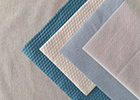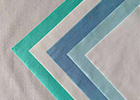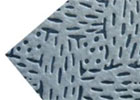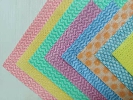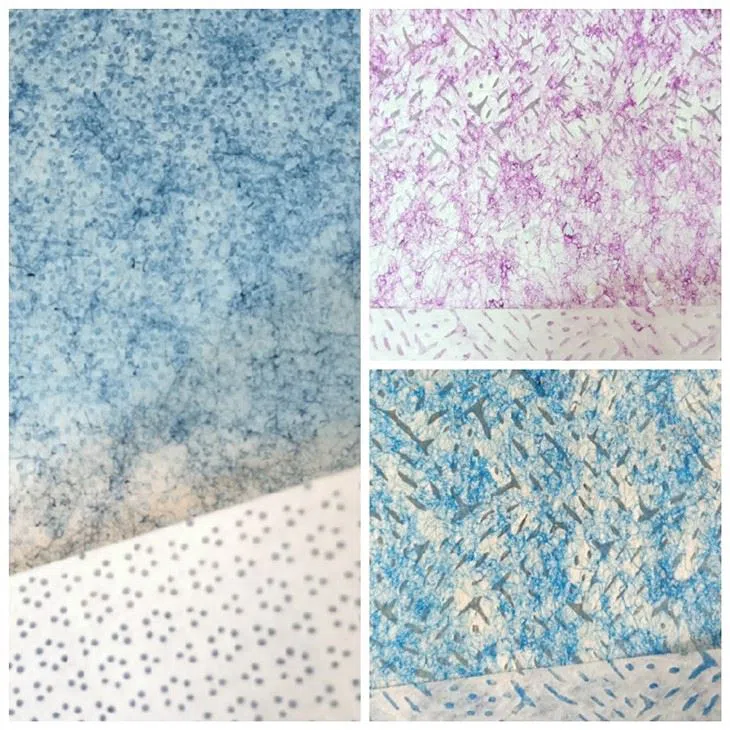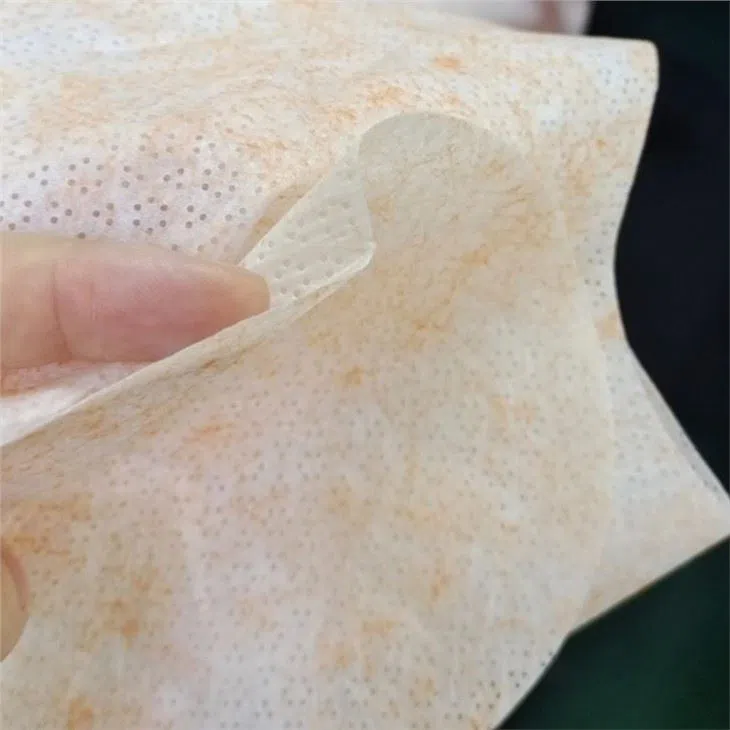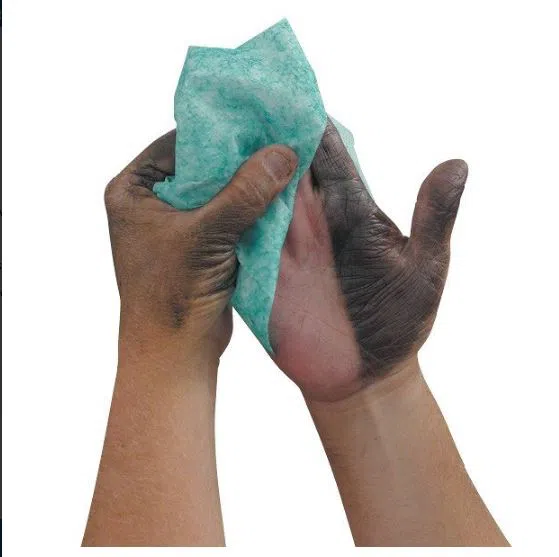|
Material
|
100%PP Polypropylene |
|
Weight
|
65gsm,70gsm,75gsm,80gsm |
|
Products Num
|
Description |
Single Size(mm) |
Color |
Packing |
Carton size |
| 68311 |
 |
Flat sheet |
350*430mm |
Blue |
150sheets/bag*5bags/carton |
/ |
| 68312 |
 |
pop-up |
350*430mm |
Blue |
100sheets/box |
39*24*19cm |
| 68313 |
 |
quarter fold |
300*330mm |
Blue |
50sheets/bag*12bags/carton |
34x32x36cm |
| 68316 |
 |
jumbo roll |
243*340mm |
Blue |
717sheets/bag*1 roll/carton |
37.5x37.5x26.5cm |
| 0580 |
Floor Unit Dispenser |
200*200mm |
Blue |
1pc/box |
Jumbo rolls Can match those dispenser well |
| 0581 |
wall mount wiper dispenser |
300*300mm |
white |
1pc/box*6boxes/carton |
Jumbo rolls Can match those dispenser well |
About Melt blown Non woven fabric
Melt blown non woven fabric is produced in a continuous manufacturing process where the molten polymer is extruded through a small hole, or die, and then onto a screen. The screen has many small openings and as the polymer exits the die it is stretched into tiny fibers. These fibers are then drawn off the screen by a high velocity air stream and deposited on a collecting surface.
Are you interested in other products, click the link to see Oil absorbing meltblown cloth.
Melt blown Non woven fabric
Melt blown non woven fabrics are a type of synthetic fabric made from polypropylene. The fabric is made by heating the polypropylene to a liquid and then extruding it through a small hole, where it is blown into a thin sheet. The sheet is then cooled and collected. Melt blown non woven fabrics are used in a variety of applications, including medical and hygiene products, filters, and insulation.
Melt blown non woven fabrics are a unique type of fabric that are made from polypropylene. This fabric is created by melting the plastic and then blowing it through a small hole into a stream of high-pressure air. This causes the plastic to be broken into very small pieces, which are then blown into a web. The fabric is then cooled and solidified.
What types of meltblown non-woven fabrics are there
Meltblown non-woven fabrics are made from polymers that are melted and extruded through small nozzles onto a collecting screen. The resulting fibers are then blown by hot air onto a conveyor belt where they solidify. Meltblown non-woven fabrics are used in a wide variety of applications including filters absorbents liners sanitary products wipes and insulation. There are three main types of meltblown non-woven fabrics: polypropylene polyester and nylon. Meltblown non-woven fabrics are made from a blend of thermoplastic polymer resins. The resins are melted and extruded through small nozzles onto a moving belt or screen where they solidify into very fine fibers. The diameter of the fibers is typically less than 5 microns. Meltblown fabrics are used in applications where a high degree of filtration is required such as in face masks respirators and filters. There are three types of meltblown non-woven fabrics: spunbond spunlace and thermal bonded. Spunbond meltblown non-woven fabric is made by extruding molten polymer through small nozzles to form fine fibers that are then bonded together by heat or adhesives. The resulting fabric is strong and can be used in a variety of applications requiring filtration such as in face masks and filters.
How to choose meltblown nonwovens
There are several factors to consider when choosing meltblown nonwovens. The most important factor is the intended use of the nonwoven. Meltblown nonwovens can be used for a variety of applications including filtration insulation and wiping. Other considerations include the production process fiber size and basis weight. The production process is an important consideration because it affects the properties of the final product. Meltblown nonwovens are made using a variety of methods including hot-melt extrusion solution blowing and spunbond-meltblown-spunbond (SMS) processes. Each process produces a nonwoven with different properties. Fiber size is another important consideration because it affects the strength and absorbency of the nonwoven. Meltblown nonwovens are made from very fine fibers so they have a large surface area relative to their mass.




